Chepstow
I'll Lock Up
- Messages
- 5,406
- Location
- Germany/ Remscheid
Great find Steve! Thank you for sharing!
Gesendet von iPhone mit Tapatalk
Gesendet von iPhone mit Tapatalk
 Alden 403 Moc Toe Boot - Brown Chromexcel - $680 The classic "Indy" style Alden Boot in the classic Horween brown Chromexcel.
Alden 403 Moc Toe Boot - Brown Chromexcel - $680 The classic "Indy" style Alden Boot in the classic Horween brown Chromexcel.  Grant Stone Diesel Boot Dark Olive Chromexcel - #395 Goodyear welted, Horween Chromexcel, classic good looks.
Grant Stone Diesel Boot Dark Olive Chromexcel - #395 Goodyear welted, Horween Chromexcel, classic good looks.  Himel Bros. - The Ross Mk. 1 Leather Jacket Classic D-pocket motorcycle/aviator style jacket.
Himel Bros. - The Ross Mk. 1 Leather Jacket Classic D-pocket motorcycle/aviator style jacket. 
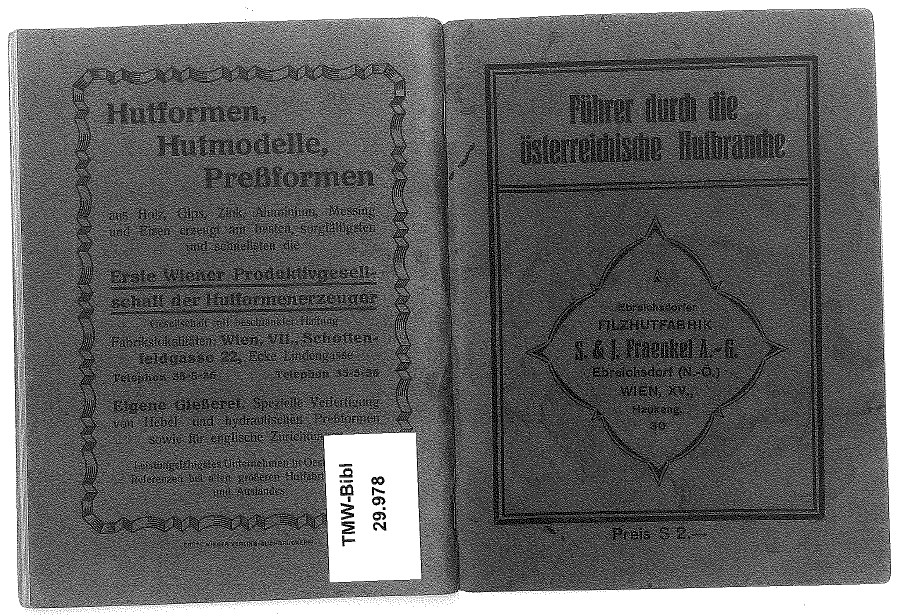

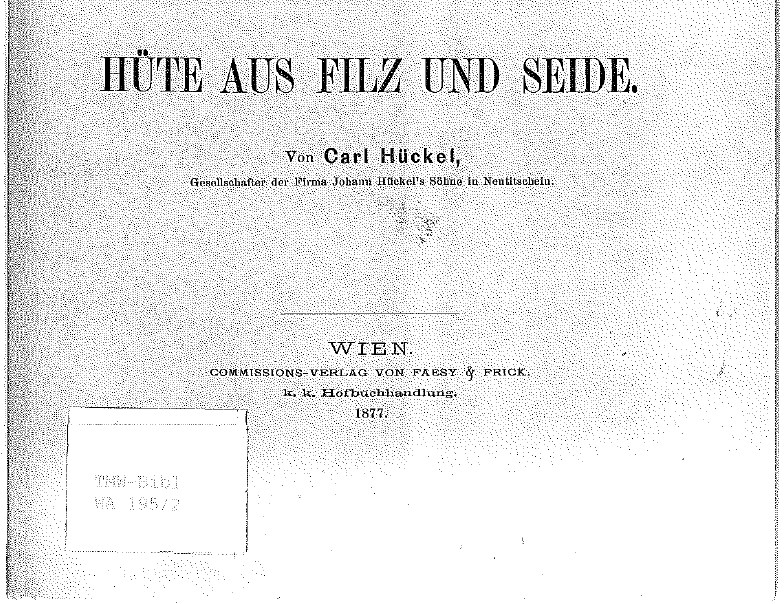
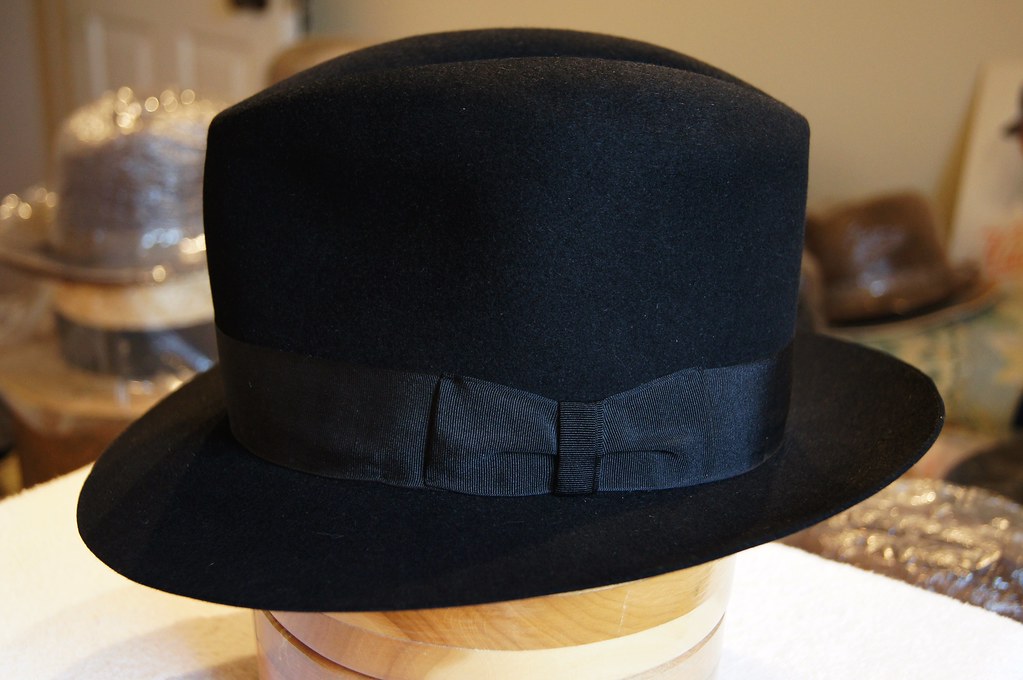
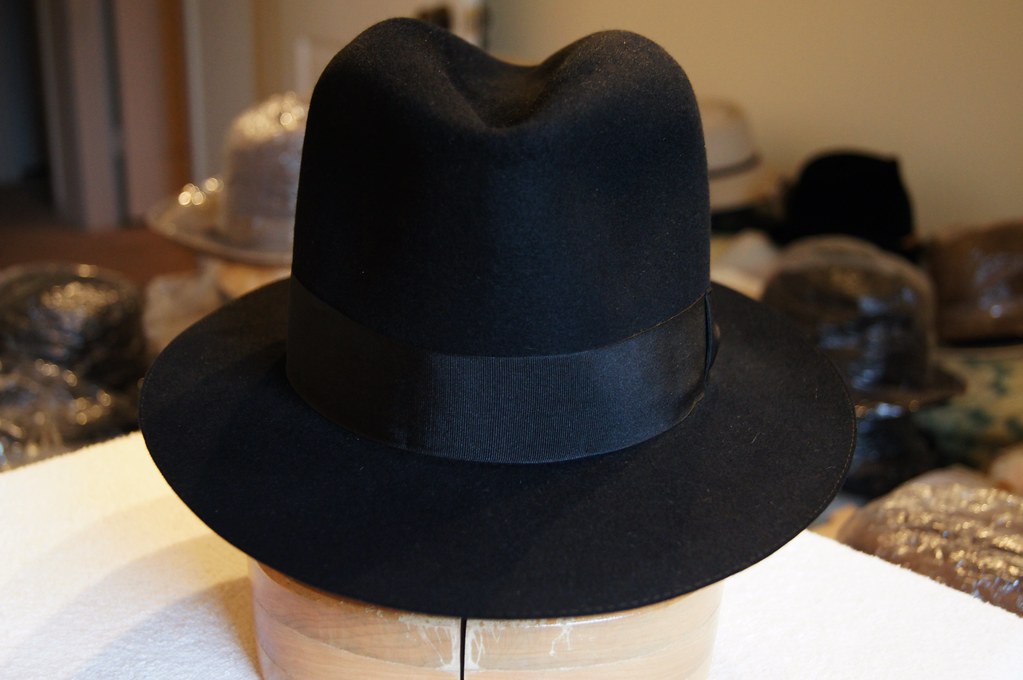

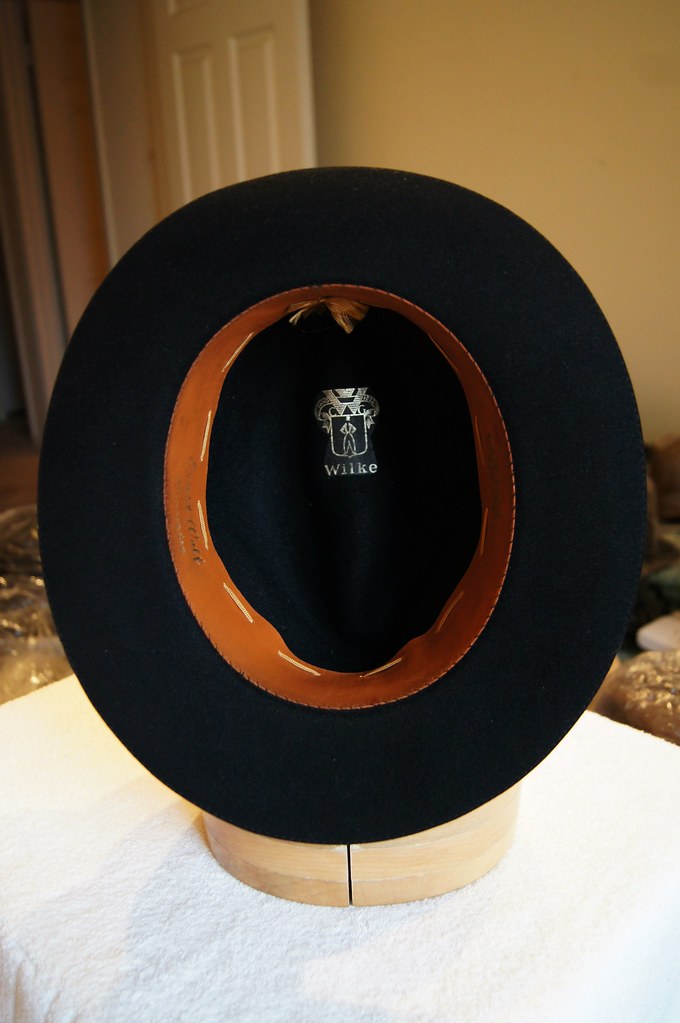
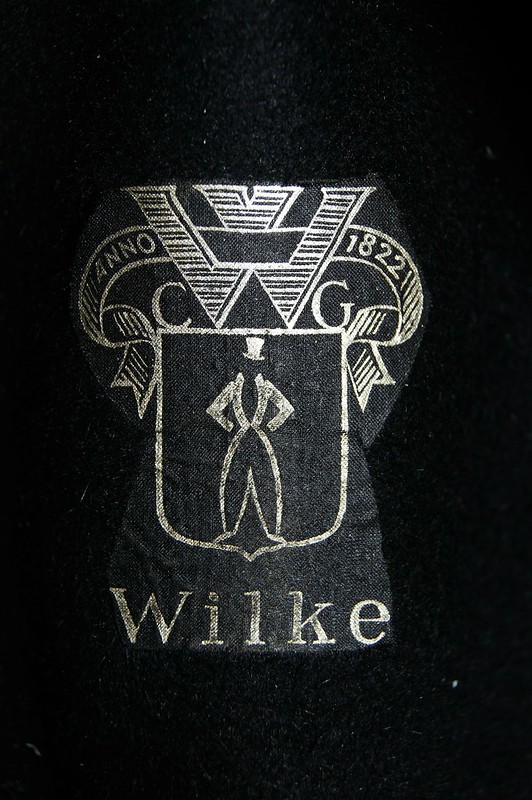
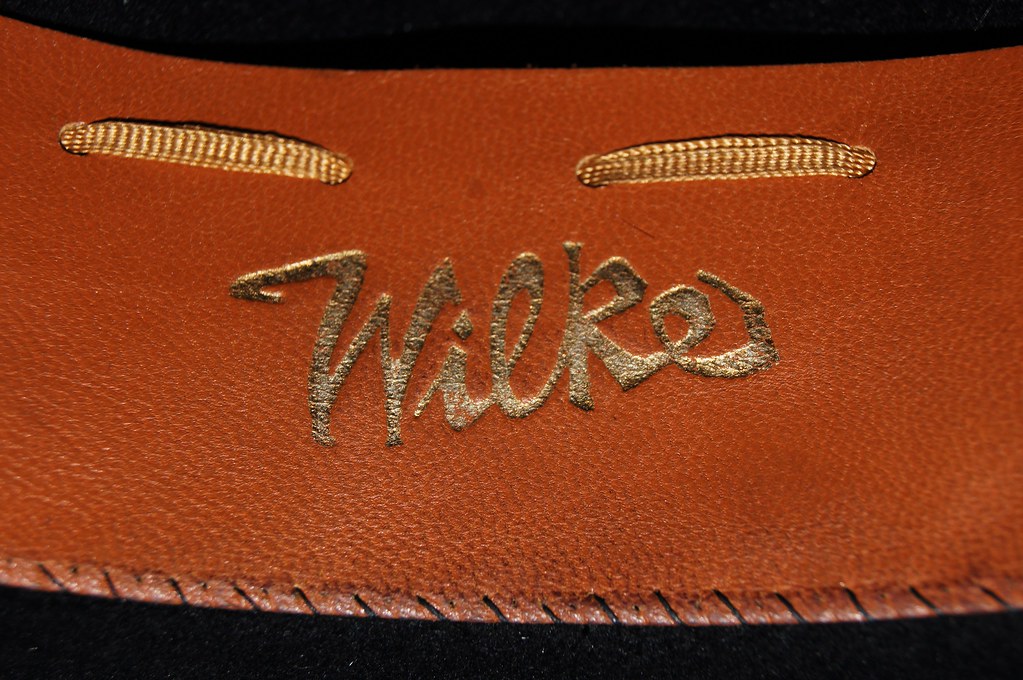
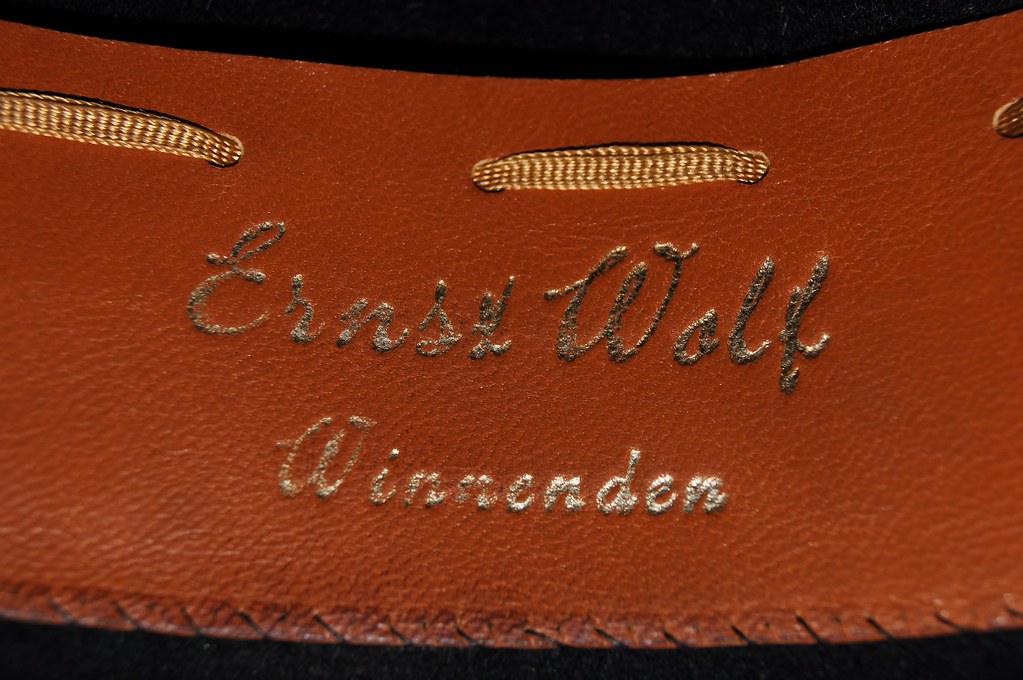
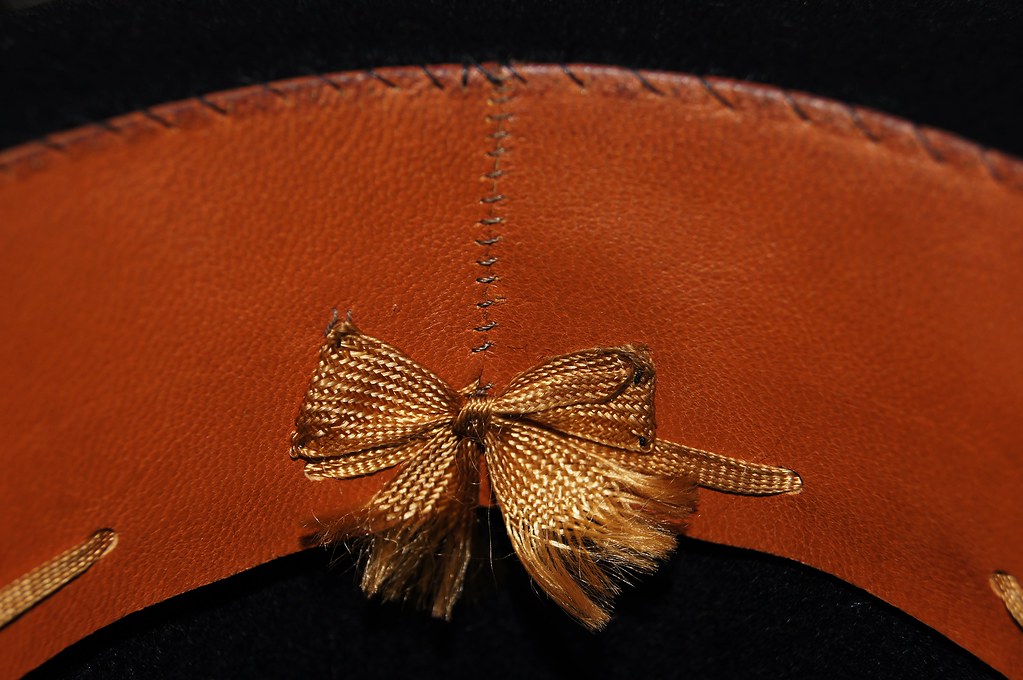
Lightest and softest you've encountered? Wow, that's saying something with all the hats you've handled Steve. Congrats!








